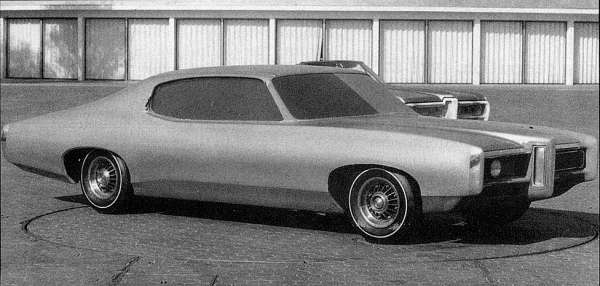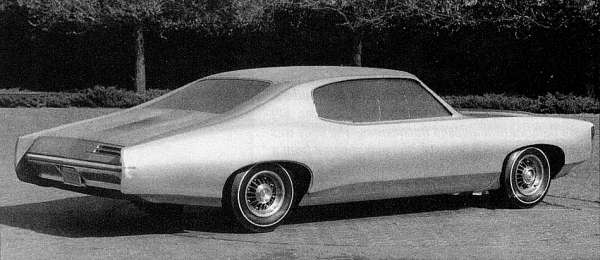1980
The 1980 GP differed so little in appearance from the previous two model years that it is tough to distinguish one from another. On the outside, PMD simply revised the grille and taillight lenses. The differences that were most significant were beneath the skin.
Powerplant selection was revised a bit this year. While the base and LJ models received the Buick-built V6 as standard equipment, the SJ was fitted with the new E/C (electronically controlled) 301 4-barrel engine. California SJs received a 305 standard, which also was optional in the base and LJ models there.
A new Pontiac-based engine was introduced in 1980 and was made available in the base and LJ versions of the GP. It had a 265-cubic-inch displacement and was identical to the 301 in many respects. It shared the same basic thinwall casting design principles, although the block was recast to accommodate the smaller 3.75-inch bore. The 3.00-inch stroke was the same as the 301.
In an extremely mild state of tune, the mini-Poncho cranked out a less-than-breathtaking 120 hp at 3600 rpm with 210 lbs.-ft. of torque at 1600. The 265 sported 8.3:1 compression and a 2-barrel carb.
This engine was designed primarily for gas mileage and low emissions. It turned out to be pretty decent in those terms, and it didn't make enough power to hurt itself, so durability was better than average. But compared with even the 2.8-liter V6 used in X-cars, which made 115 hp and hauled around a lot less weight, it wasn't very appealing. Had the 265 and 301 stuck around long enough to benefit from modern turbo technology (a la the Buick Grand National), they would have been pretty wild pieces.
Pontiac built 110,819 Grand Prixs for 1980, almost 100,000 units less than the previous year. This again was due to the aftermath of the second oil shortage. The model breakdown is 72,659 base versions, 34,968 LJs and 7,087 SJs.
Pontiac also built a special-edition Grand Prix to try to drum up a bit of interest in the line. Called the Sterling Edition, it differed from the LJ in only a few areas. It is not known exactly how many were made, but it wasn't very many. Evidently, little changes are only good for a little excitement.
NEXT >
 |
With the
help of GM Design Staff's Jeff Denison and Richard Stoey, as well as GM vice president Chuck Jordan, we are able to bring you these
never-before-seen shots of a proposed B-body Grand Prix for 1969, which were taken on Oct. 21, 1966. The car was actually a full-size
clay model. If such a vehicle had made production, it most likely would have been closer in appearance to the 1968 production car. This
"GP-that-never-was" bears a strong kinship to the 1968 GTO, much as the 1966 GP and GTO resemble each other.
|
 |
|
|